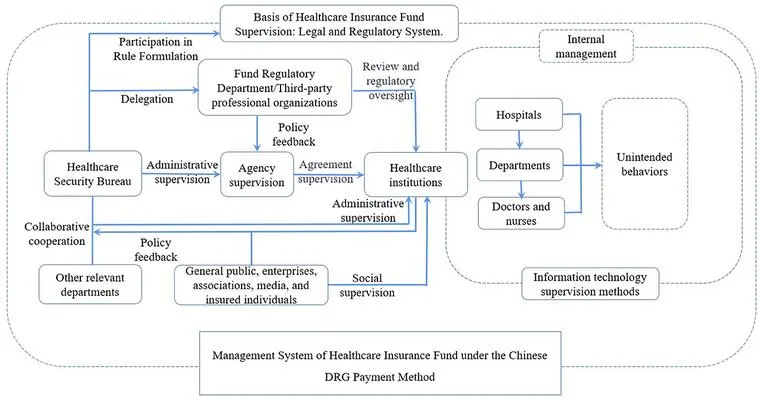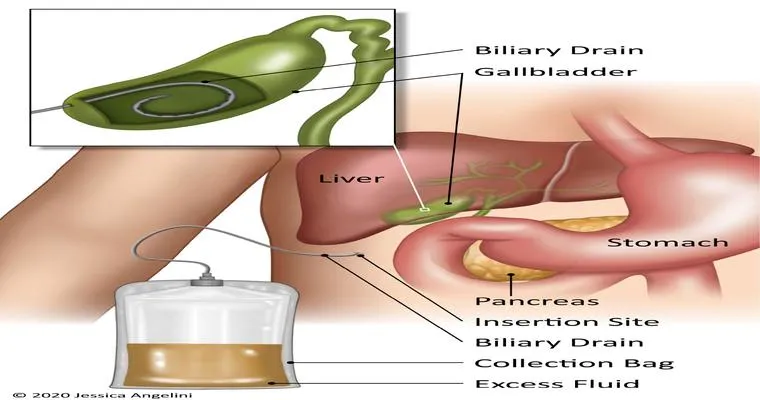"Hospitalization" is a critical aspect of healthcare that involves the admission of patients to a medical facility for treatment. The financial structure governing how hospitals are reimbursed for these services is essential for both healthcare providers and patients. One of the primary payment systems used in many countries, particularly in the United States, is the "Diagnosis-Related Group (DRG)" system. This system categorizes hospitalization costs and determines how much a hospital will be paid based on the diagnosis and treatment provided during the hospital stay.
The "DRG system" was introduced to streamline hospital payments and ensure that facilities are compensated fairly for the care they provide. Under this system, each hospitalization is classified into a specific DRG based on the patient's diagnosis, procedures performed, age, and the presence of complications or comorbidities. The classification helps in determining a fixed payment rate for each case, which helps hospitals manage costs and resources more effectively.
One of the main advantages of the "DRG payment model" is that it encourages hospitals to provide high-quality care efficiently. Since the payment is predetermined, hospitals have an incentive to minimize unnecessary tests and procedures, leading to a more cost-effective approach to patient care. However, this can also present challenges, as hospitals may feel pressured to discharge patients sooner than necessary to maximize reimbursement.
The DRG payment system has a significant impact on patients as well. Understanding how "hospitalization costs" are calculated can help patients make informed decisions about their healthcare. Patients should be aware that the total cost of their hospital stay may vary based on the DRG assigned to their case. Factors such as the length of stay, the severity of illness, and any additional treatments can influence the final bill.
Moreover, insurance coverage plays a crucial role in how hospitalization costs are managed. Most insurance plans have specific agreements with hospitals regarding DRG payments, which can affect out-of-pocket expenses for patients. Therefore, it is essential for patients to check with their insurance providers to understand their coverage and any potential financial implications of hospitalization.
In conclusion, "hospitalization" and its payment through the "DRG system" are integral components of the healthcare landscape. This model not only affects how hospitals operate but also significantly impacts patients' experiences and costs. By understanding the nuances of the DRG payment system, patients can better navigate their healthcare options and make informed decisions regarding their hospital stays.





